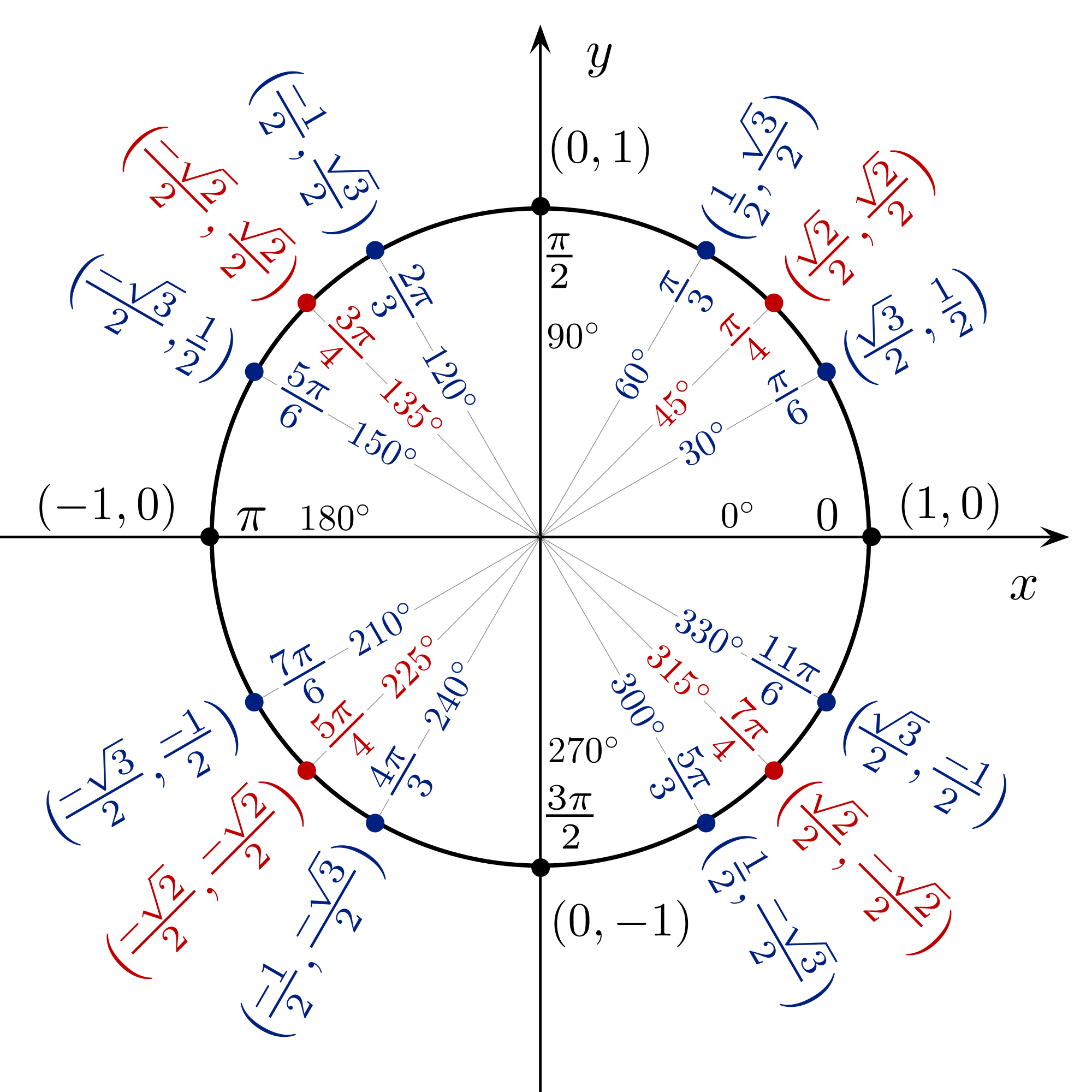Ok Welcome to Mathland!
Today, we will be covering a summary on Chapter 4. Honestly, this chapter was quite long due to the numerous trigonometric equations we learned.
To start off, here are 14 basic trig identities:
These identities are the basis for the 12 other trig identities that encompass more difficult aspects. By using these identities, one is able to verify other identities.
The other 12 draw from these top 14^ and combine them to form angle identities.
Further below are examples each angle identity worked out.
See you next time!~














